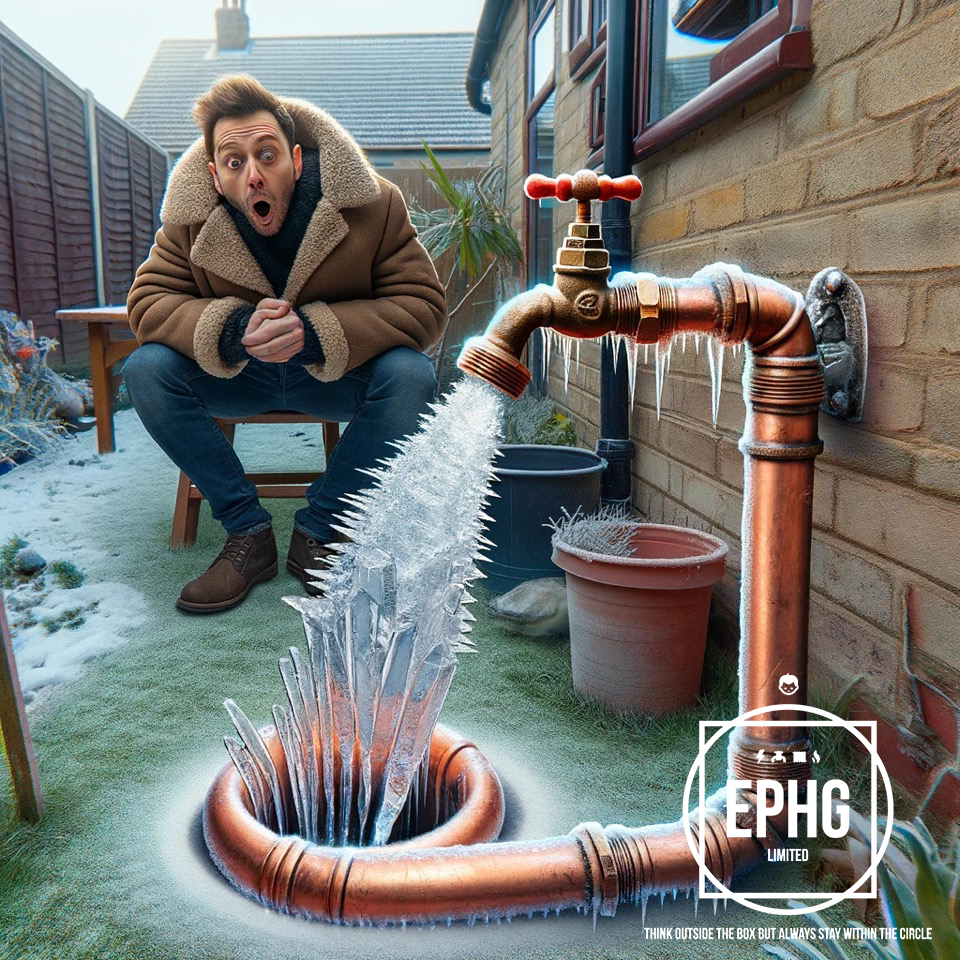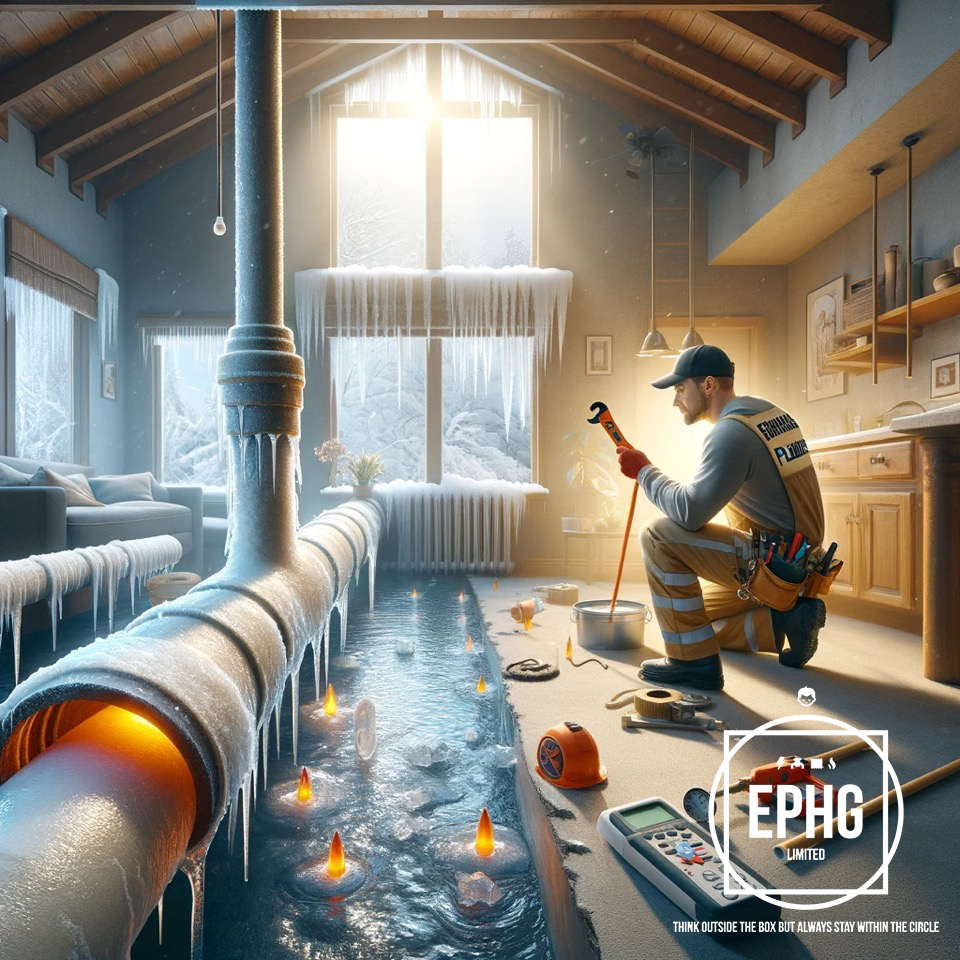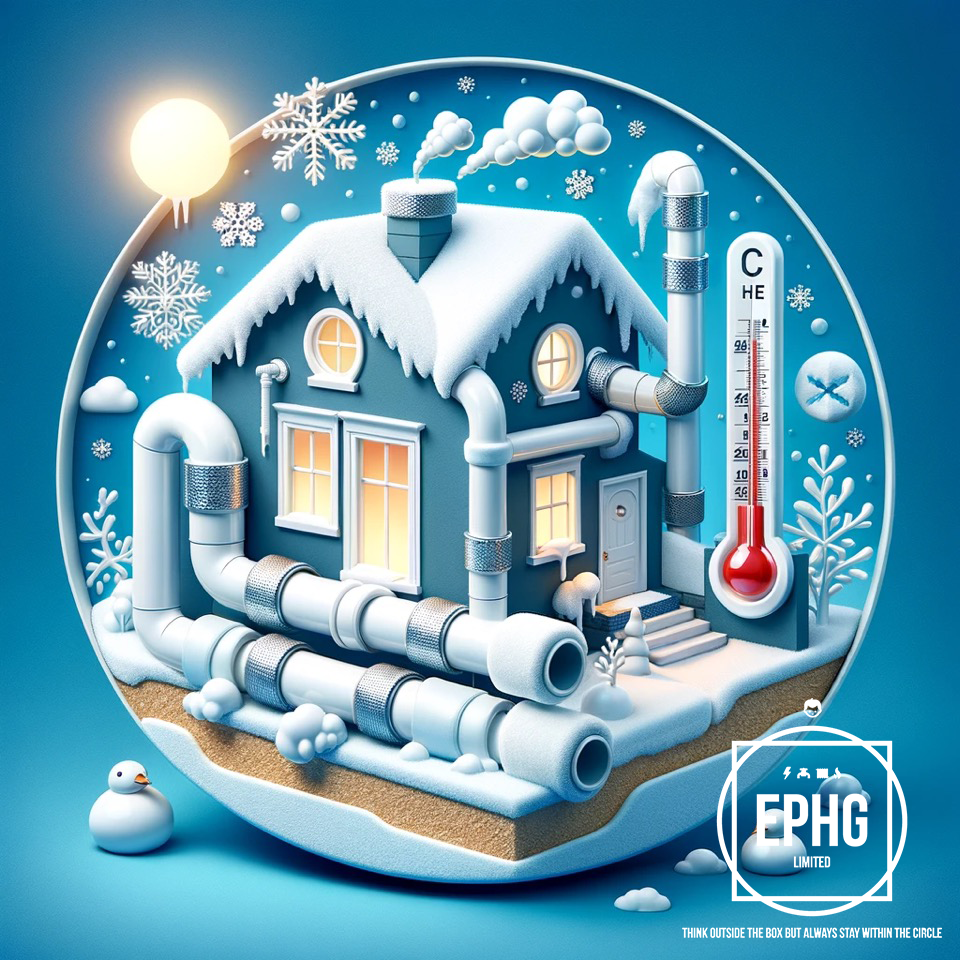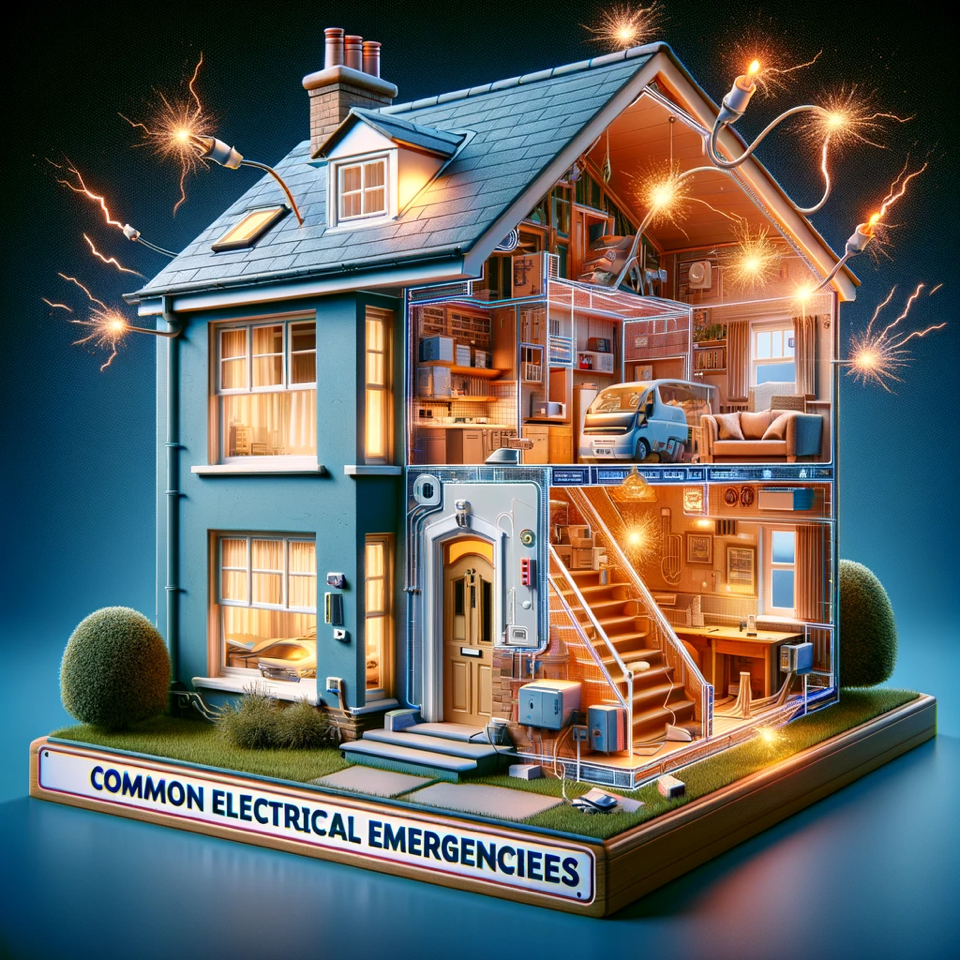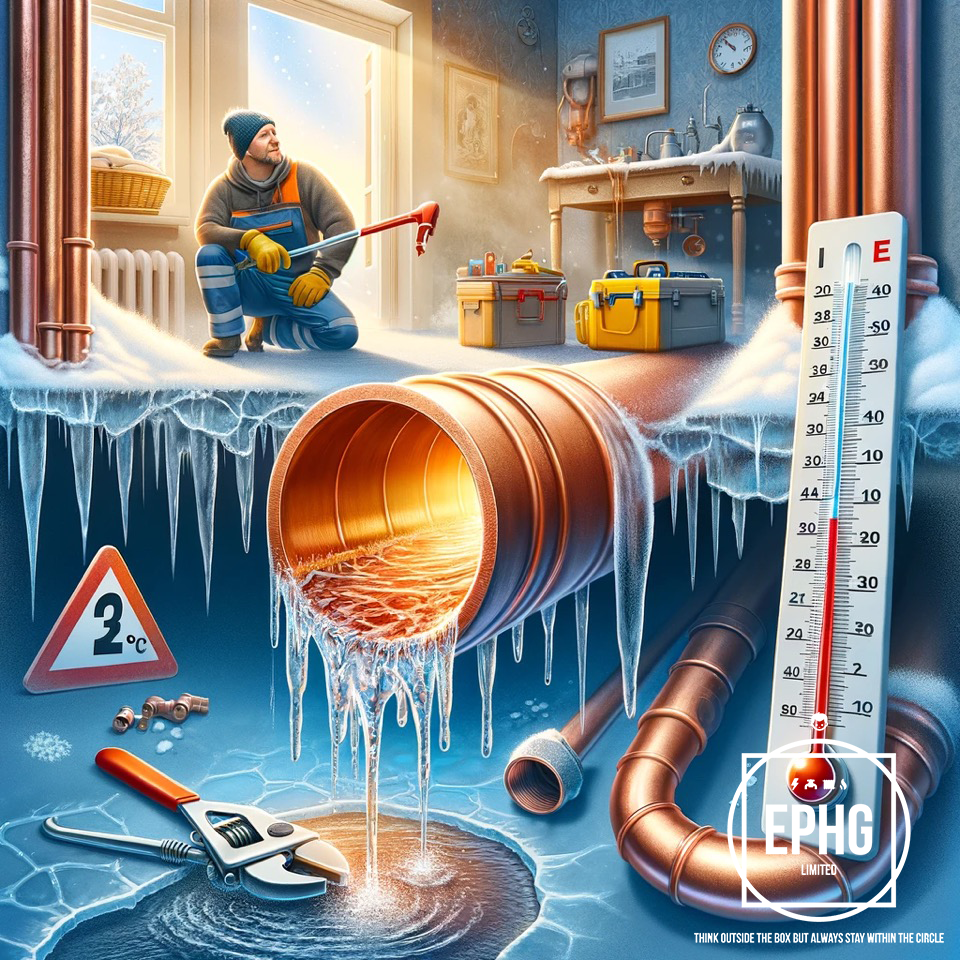
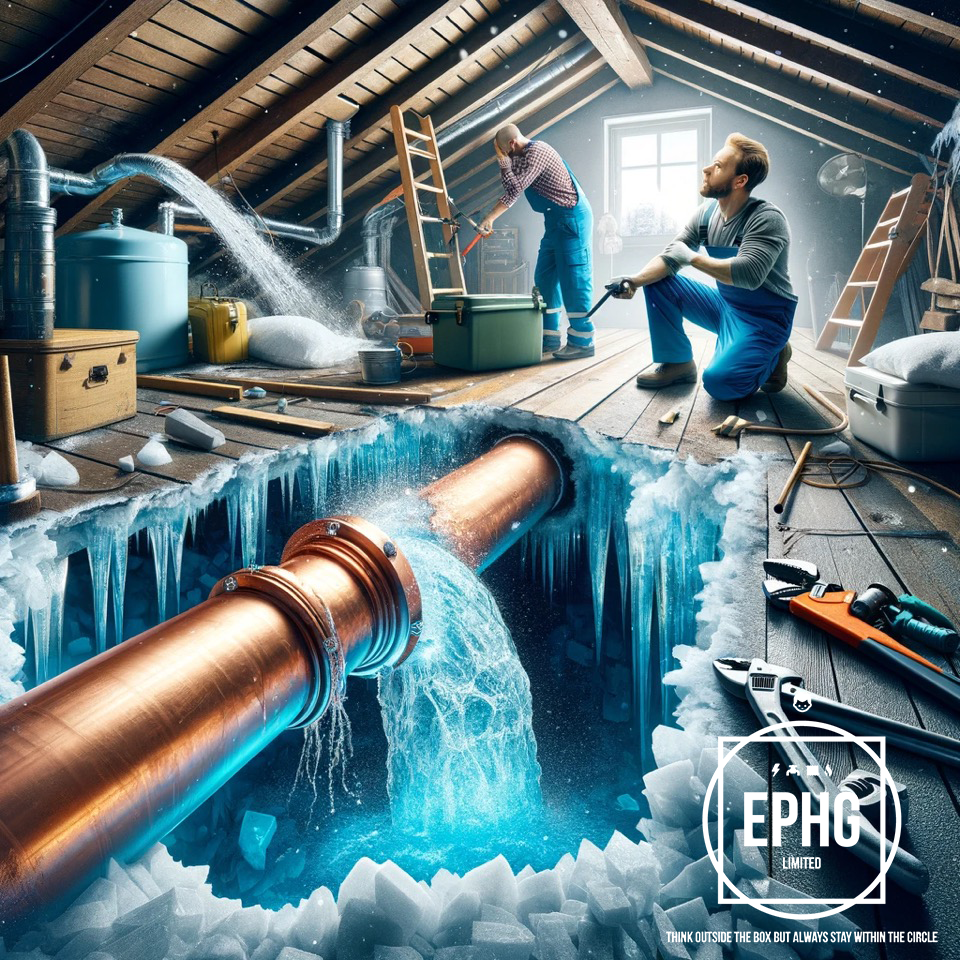
Understanding Water Thawing in Copper Pipes
Water freezes in copper pipes at 0°C (32°F), but at what temperature does it thaw? Typically, water starts to thaw in copper pipes when temperatures rise above 0°C (32°F). However, the thawing process can be slow and depends on several factors, including insulation, air temperature, and water flow. Understanding this process is crucial to prevent pipe damage and water leakage.
When to Call an Emergency Plumber
If you suspect your pipes are frozen, it's essential to act quickly. An emergency plumber should be called if:
- You have no water or reduced flow, indicating a possible frozen blockage.
- There are signs of water leakage, which could suggest a pipe has already burst.
- You cannot safely access or thaw the pipes yourself.
Delaying can lead to significant damage and more extensive repairs.
Duties of the Emergency Plumber: Making the System Safe
Upon arrival, the emergency plumber will:
- Assess the situation and locate the freeze point.
- Apply safe thawing techniques to minimize the risk of pipe damage.
- Check for leaks and assess the overall condition of your plumbing.
The primary goal is to restore water flow safely and prevent any potential damage.
Advising on Further Work Required
After making the system safe, the plumber will advise on any further work required to prevent future issues. This may include:
- Insulating pipes to protect against freezing.
- Relocating exposed pipes to warmer areas.
- Installing frost-proof exterior bib taps.
Following these recommendations can help safeguard your home against future freezing problems.
Contact a professional emergency plumber immediately if you suspect frozen pipes to prevent damage and ensure your plumbing system is properly maintained.

